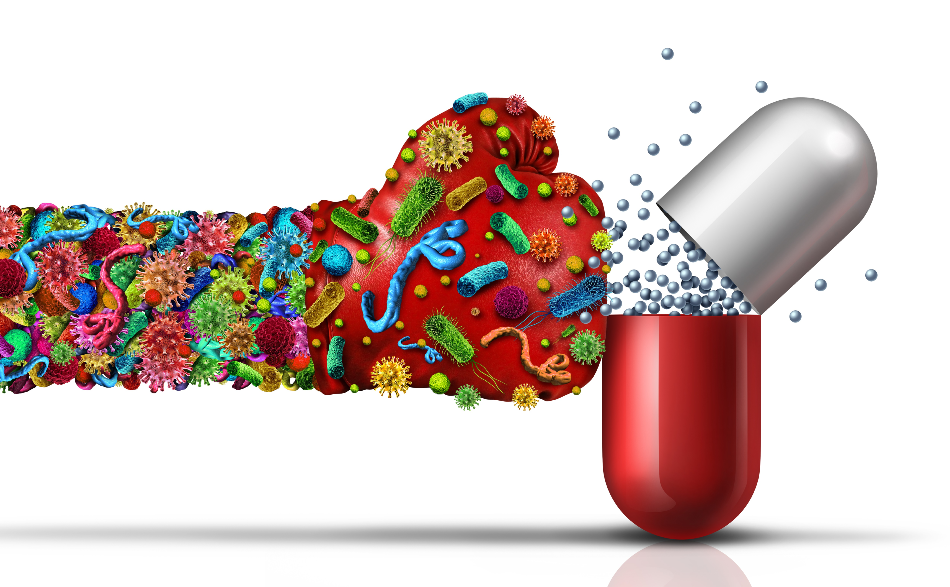Jan 27 2020

Image Credit: Shutterstock/ Lightspring
The World Health Organization (WHO) has identified antimicrobial resistance (AMR) as a serious threat to global public health, and one that is increasing in severity. The growth of AMR is endangering our ability to prevent and treat serious infections caused by bacteria, fungi, parasites and viruses.
The WHO recommends that global healthcare agencies and governments need to take action against AMR. This is in order to prevent antibiotic treatments that are essential to cancer chemotherapy, pneumonia and tuberculosis therapies, HIV treatments, and post-surgery treatments becoming ineffective.
Data shows that in 2016 a total of 490,000 people around the world became multi-drug resistant to tuberculosis therapies. In addition, reports have highlighted that AMR is increasingly impacting on the effectiveness of HIV and malaria treatments. Given that AMR is making a number of serious illnesses harder to treat, scientists have focused their efforts on addressing this problem to protect global health.
Developing a System to Mimic Macrophages
A research team from the University of Notre Dame, Indiana, has recently published a paper in the journal Nanoscale Advances which describes how they have developed a system that could potentially overcome the problem of AMR.
The Indiana-based researchers decided to look at the problem from a new angle, rather than looking to develop a new, more effective antibiotic, they have developed an entirely new system that treats infection in a different way, avoiding the problem of bacterial resistance through its nature of not being susceptible to bacterial resistance.
Bacteriophages, known as phages were the focus of the new research study. They are a kind of virus that infects bacteria in a way that resembles how bacteria infect people, however, the difference is that bacteria have not yet developed a resistance to this kind of virus. In their paper, the team demonstrates how created a nanoparticle-based system based on how phages kill bacteria.
The main focus of the research was in the creation of silver-coated nanoparticles, which were developed to establish a phage-mimicking system of nanoparticles randomly distributed on a silica core with the ability to kill different bacteria types. The researchers tested the system, showing its effectiveness at attacking and killing four bacteria types, all of which are known to have strains that are resistant to antibiotics: Corynebacterium striatum, Enterococcus faecalis, Pseudomonas aeruginosa and Staphylococcus aureus.
The bacteria that the phage-mimicking antibacterial core-shell nanoparticles showed effectiveness against were those related to serious health issues such as blood infections, sepsis, meningitis, and infections related to prosthetic devices. Given the system’s initially observed effectiveness is, therefore, promising to the potential of opening the door to a new kind of therapeutic treatment for these health issues. The innovation has proven itself to be clinically relevant and provides a point of focus for the development of new systems that can treat illnesses without risking increasing AMR.
The study reported that the newly established nanoparticle system was between 50% and 90% successful at targeting and killing all strains of bacteria it was tested on, apart from Pseudomonas aeruginosa, which results showed it was just 21% effective at combatting. When the researchers combined the use of antibacterial peptides with the nanoparticle system reported effectiveness increased to 100%.
Developing the Future of Antibacterial Treatments
The combination of the biological element allowed the nanoparticles to become completely effective at killing the bacteria in the trials The next step will now be to test the system in a clinical study to gain a deeper understanding of how it could be used to treat illnesses in real-life situations. The researchers are currently looking for an organization to partner with to run these studies.